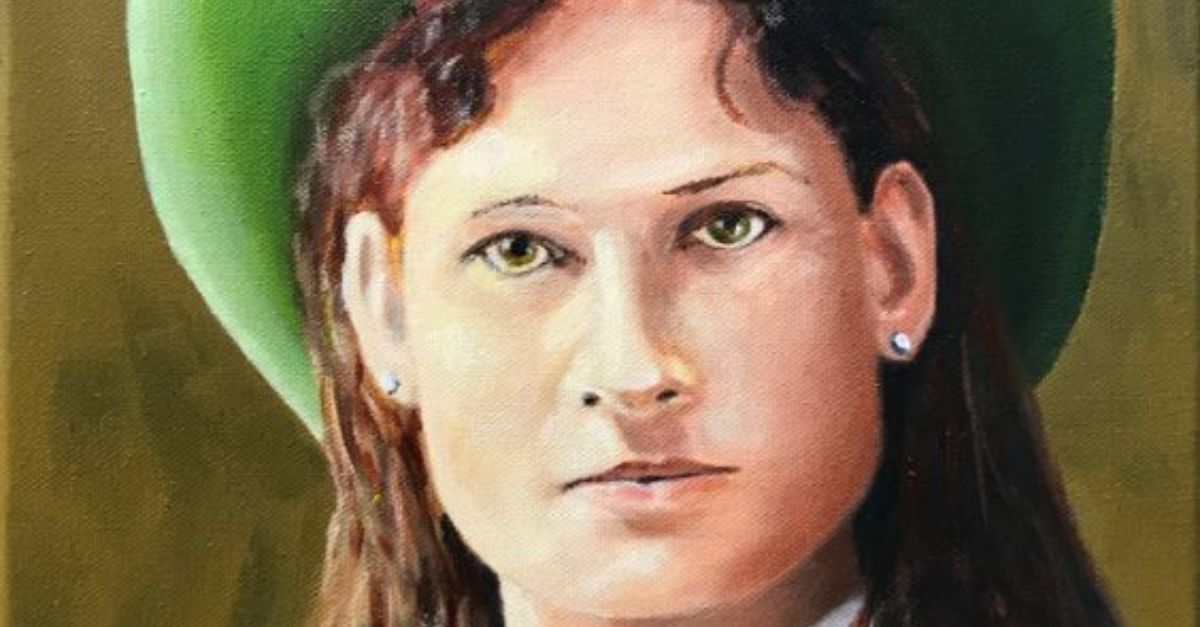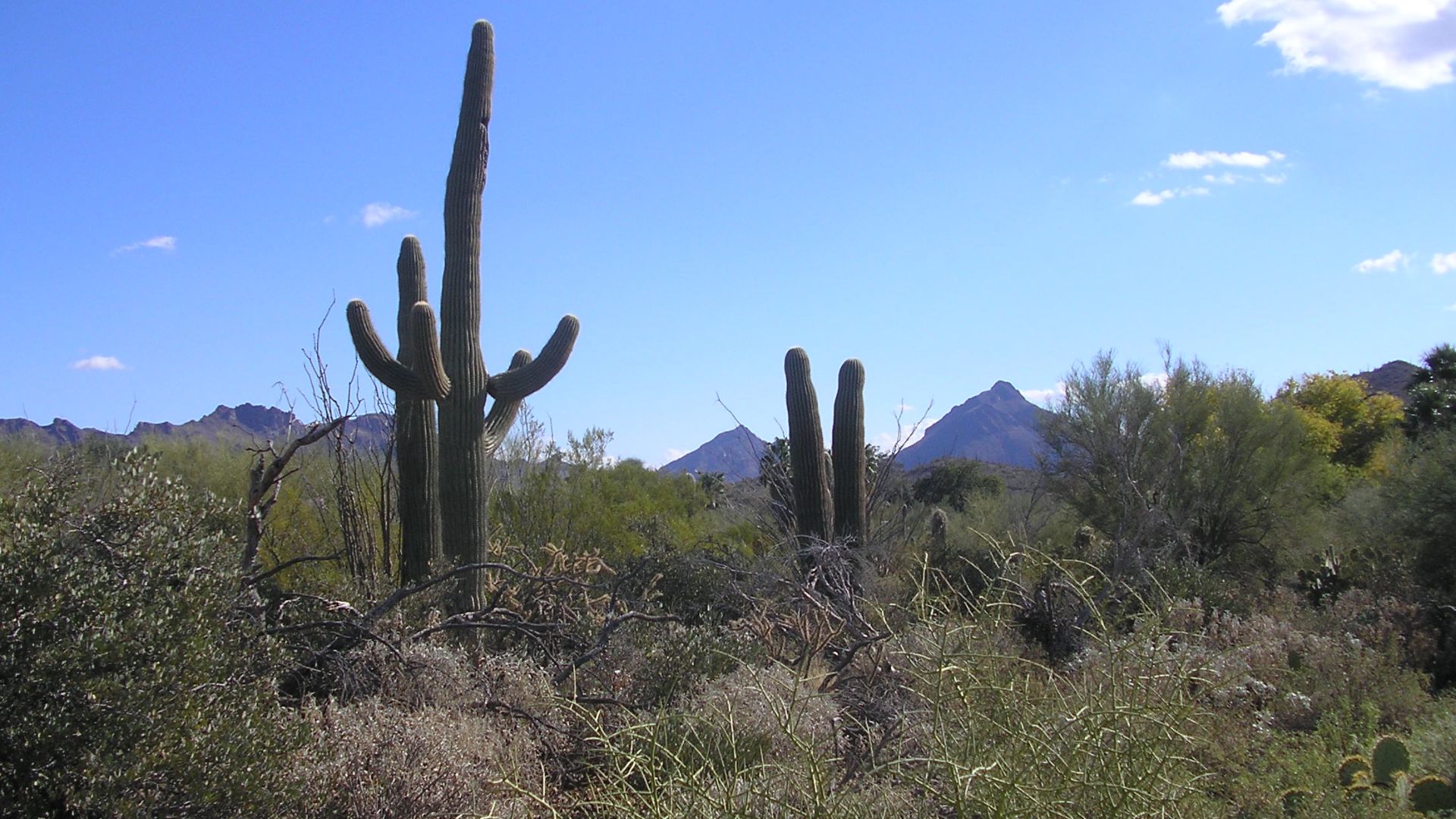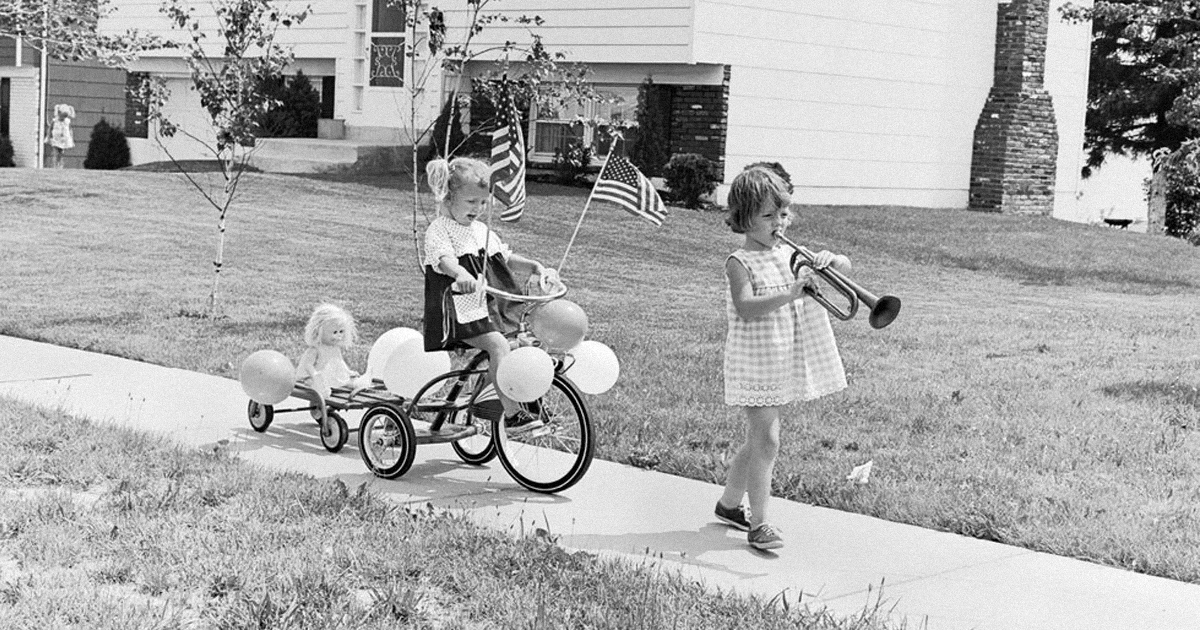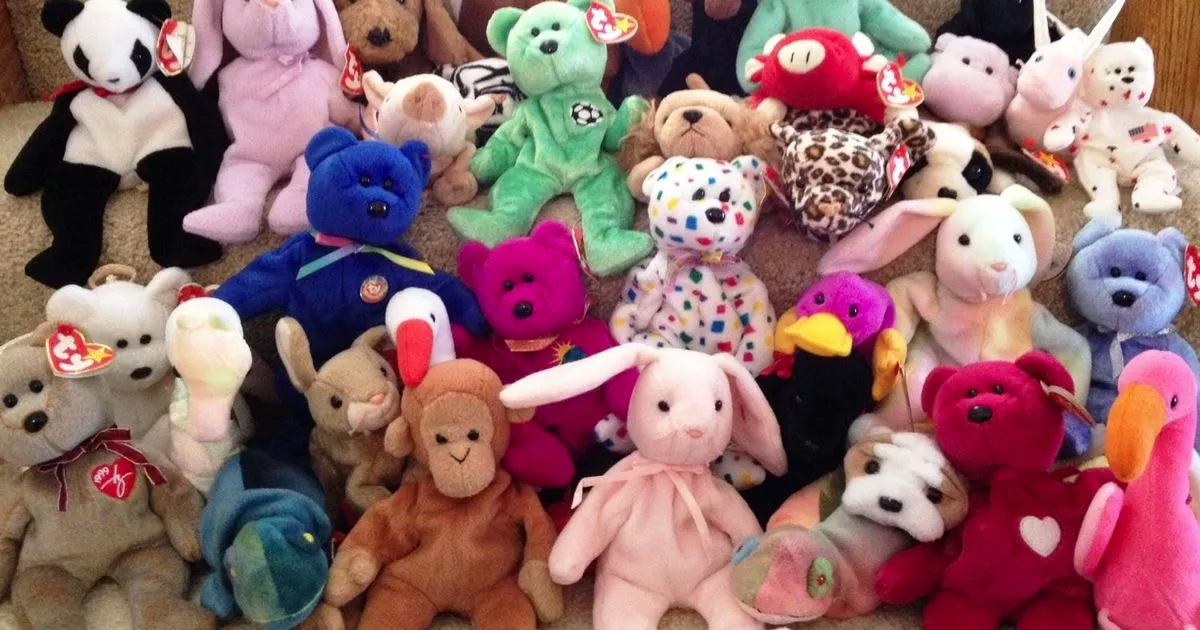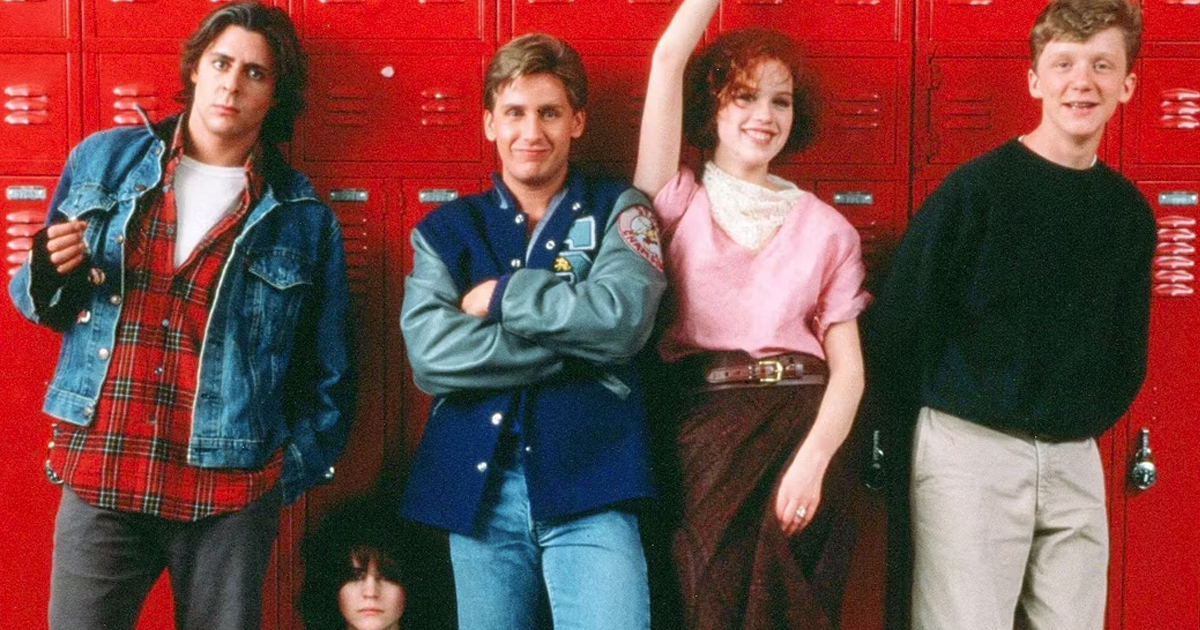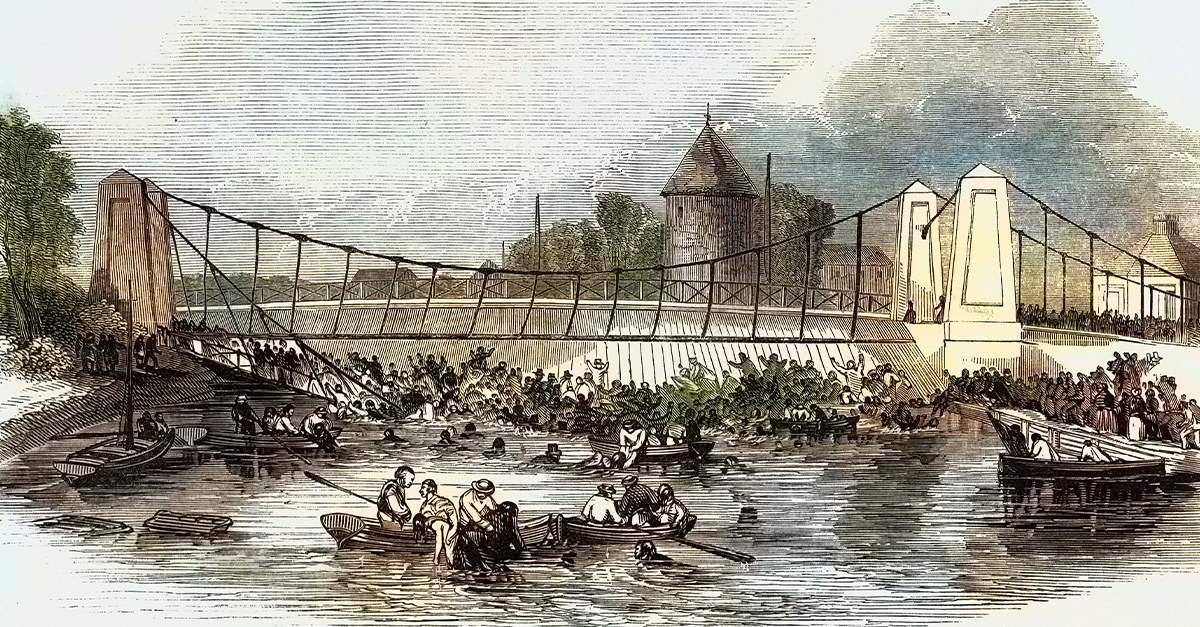Stories Through Photos
Dust hung in the air, and hope clung to every traveler heading west. Life wasn’t easy, but it was raw and real. These were the moments that shaped everyday life on the rugged frontier.

Covered Wagon Migration
A family with their wagon waits under a wide sky, ready to face rivers, dust, and long trails. The journey often took months, with food shortages, broken wagons, and illness creating constant challenges for settlers chasing new land.
 Unknown authorUnknown author or not provided, Wikimedia Commons
Unknown authorUnknown author or not provided, Wikimedia Commons
Gold Rush Prospectors
Life was exhausting, and many never struck it rich, yet gold rushes spurred rapid settlement and brought merchants, suppliers, and communities into previously empty regions. Here, a miner kneels by the Colorado River searching for gold.
 George Wharton James, 1858—1923, Wikimedia Commons
George Wharton James, 1858—1923, Wikimedia Commons
Mining Town Boom
Canvas shacks and makeshift streets show a mining town at its peak. Lawmen, merchants, and saloons appeared almost overnight, and while cities thrived on minerals, many became ghost towns when mines ran dry.
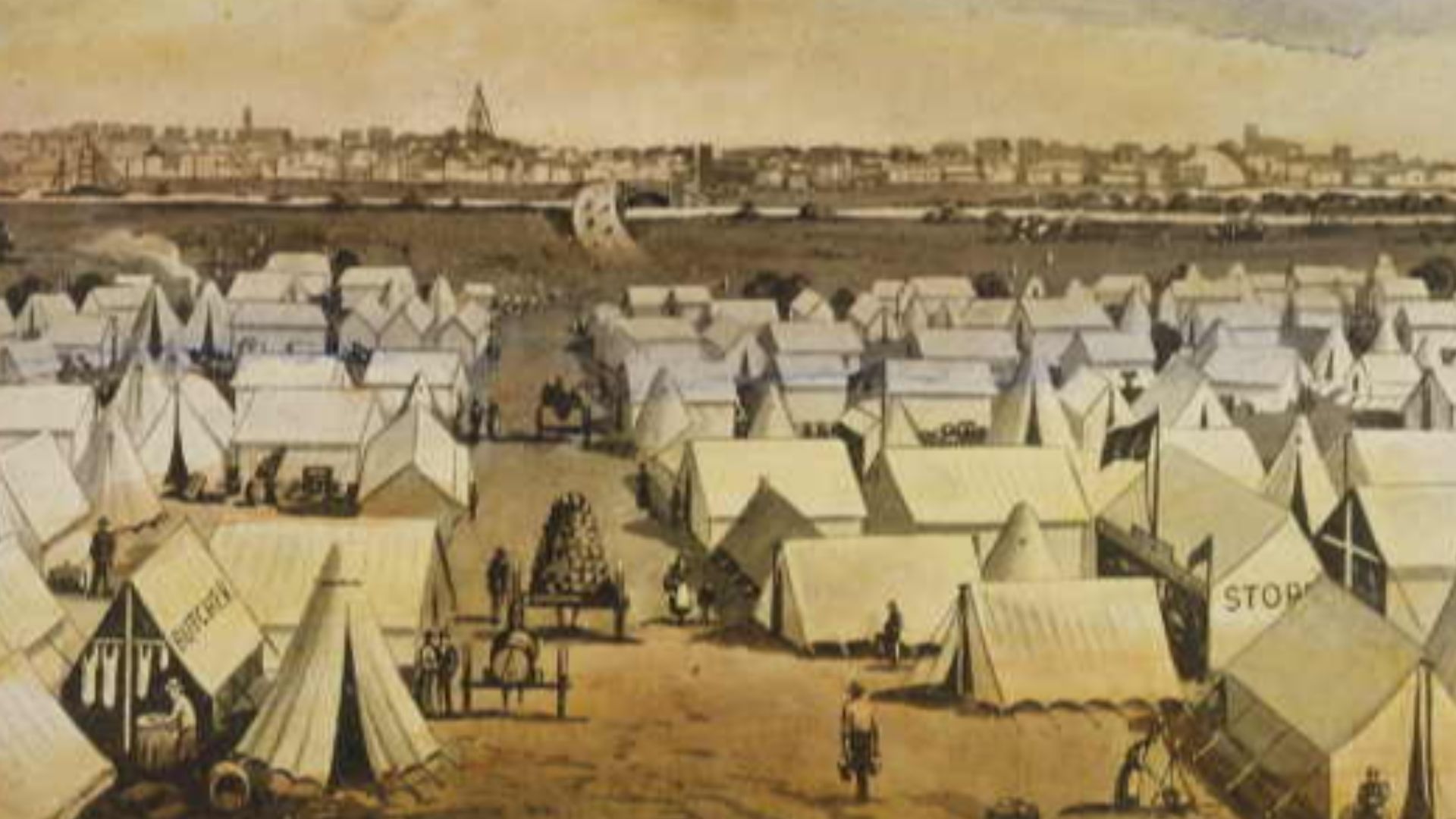 File Upload Bot (Magnus Manske), Wikimedia Commons
File Upload Bot (Magnus Manske), Wikimedia Commons
Cattle Drive At Dawn
Cowboys push the herd forward in the early light, managing hundreds of animals over rough plains. Drives could last months, and the work required stamina and teamwork to prevent stampedes and deliver cattle to distant markets.
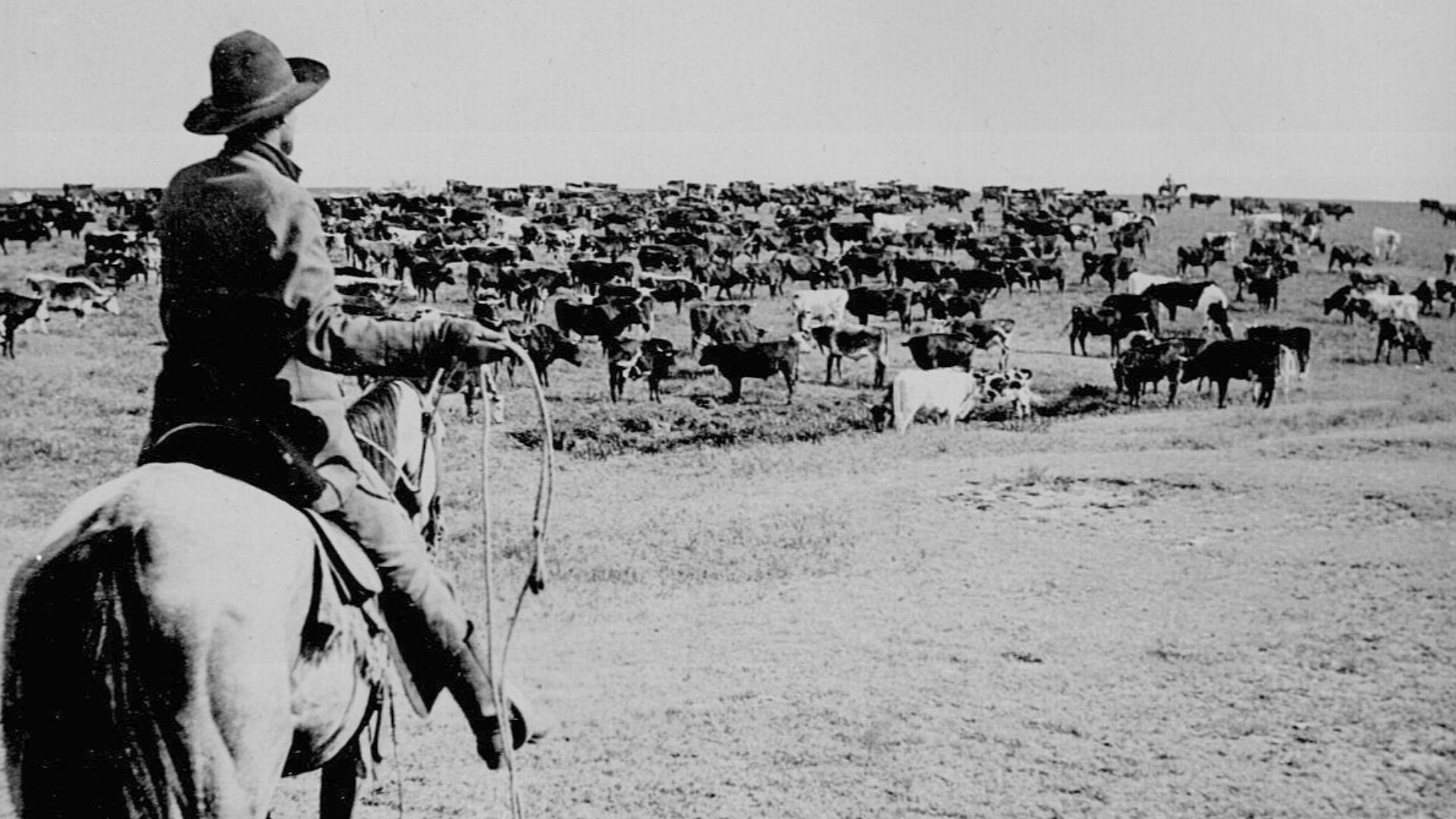 Unknown authorUnknown author, Wikimedia Commons
Unknown authorUnknown author, Wikimedia Commons
Black And Brown Cowboys
A group of Black cowboys on horseback proves the West was more diverse than legends suggest. These men and Mexican cowboys were vital to ranching and guiding herds. They influenced the culture and techniques of cattle drives.
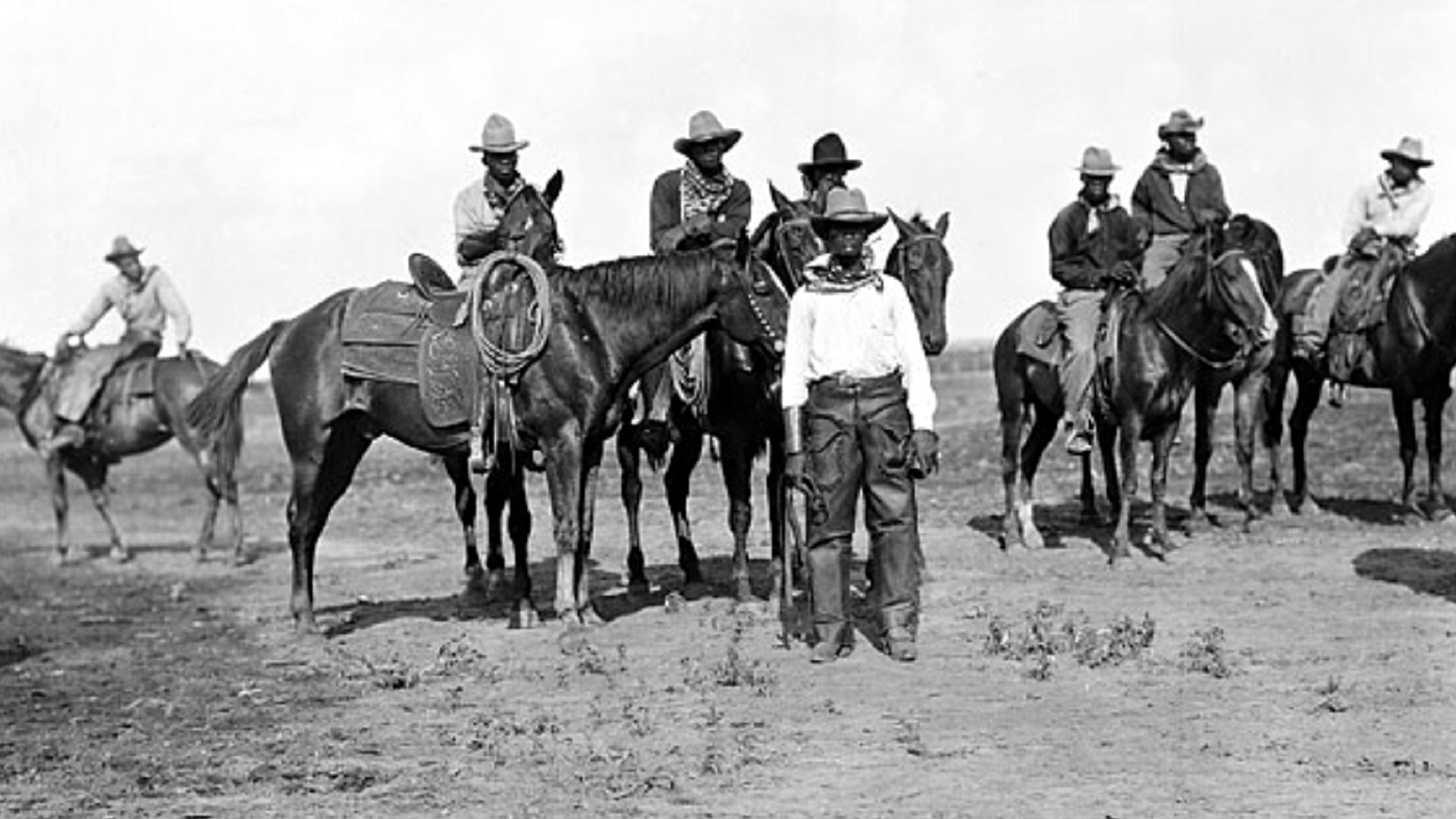 Texas State Historical Association, Wikimedia Commons
Texas State Historical Association, Wikimedia Commons
Buffalo Hide Yards
Stacks of tens of thousands of buffalo hides reveal the scale of the trade. While it fueled commerce, it also nearly wiped out bison populations and disrupted Native Americans’ traditional hunting and survival practices.
 National Archives at College Park, Wikimedia Commons
National Archives at College Park, Wikimedia Commons
Homesteaders On The Plains
Families worked hard to tame the vast prairie, building simple sod homes and planting crops under harsh weather. Isolation was common, and neighbors could be miles away, making community support vital, but determination kept them going.
 A Milton, North Dakota, photographer, Wikimedia Commons
A Milton, North Dakota, photographer, Wikimedia Commons
Native Nations Resisting
A cavalry pursues Native Americans, capturing a moment of conflict as Indigenous communities fought to defend their homelands. Resistance included both armed defense and strategic retreats, highlighting the determination to protect land and culture.
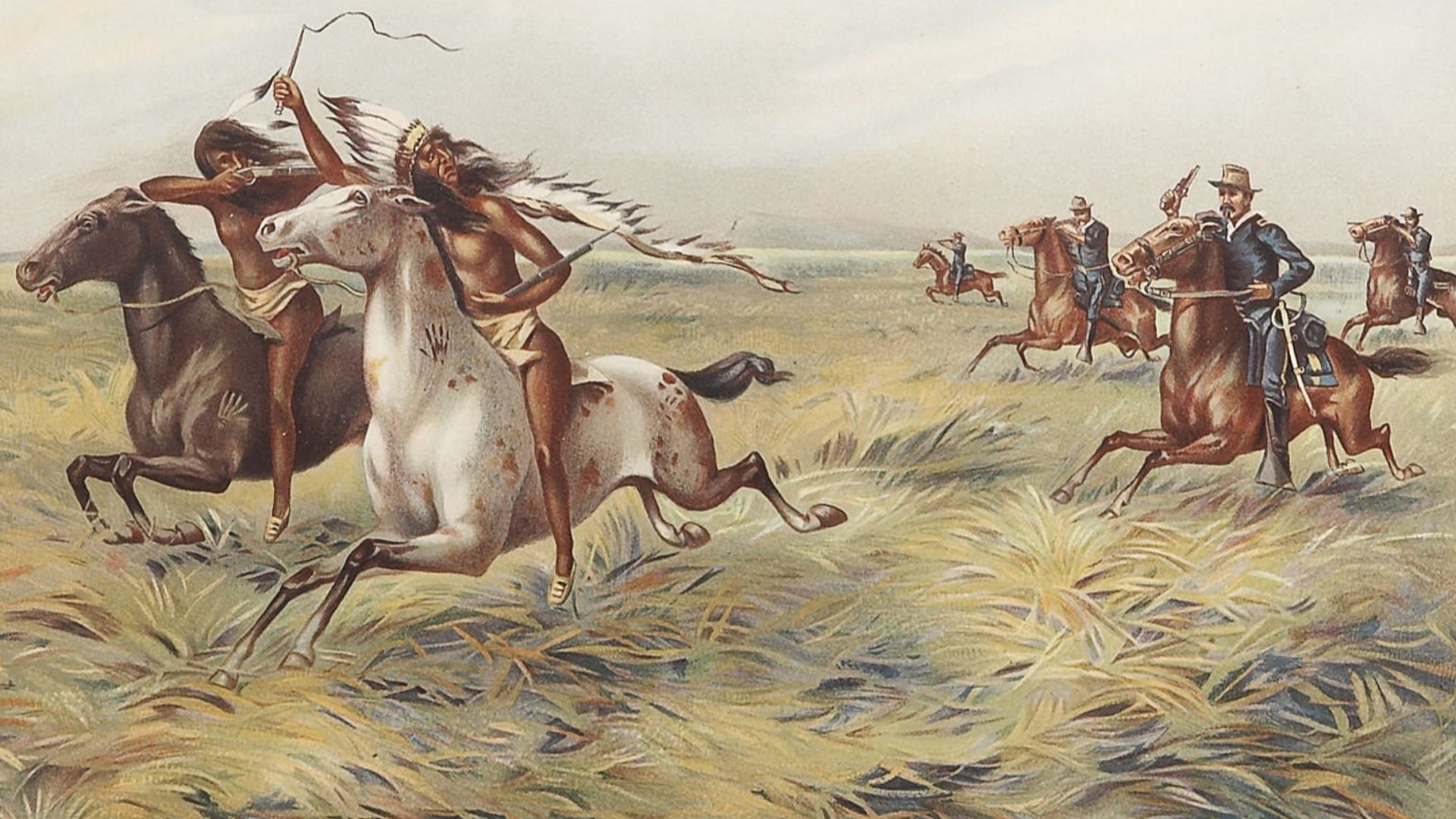 The United States Army and Navy, Unknown authorUnknown author, Wikimedia Commons
The United States Army and Navy, Unknown authorUnknown author, Wikimedia Commons
Railroad Expansion
The handshake over the last railroad spike marked a new era. Railroads connected remote settlements, allowed goods and people to move faster, and reshaped the economy and lifestyle of towns across the West.
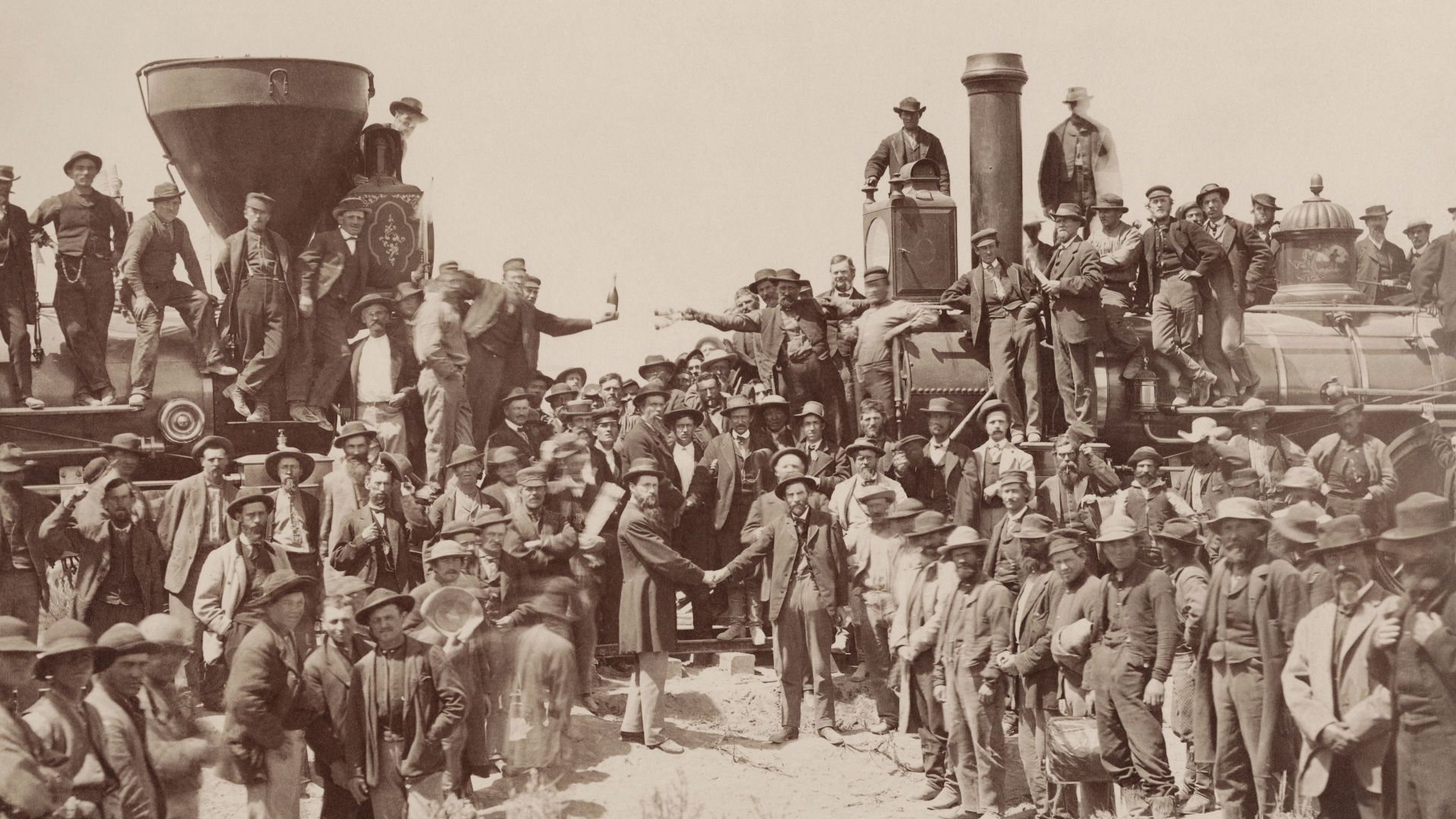 Andrew J. Russell / Adam Cuerden, Wikimedia Commons
Andrew J. Russell / Adam Cuerden, Wikimedia Commons
Stagecoach Route
A Concord stagecoach waits on a dirt trail, ready to transport passengers and mail. Stagecoaches were essential for connecting towns across the West before railroads reached every settlement.
 The original uploader was CPret at English Wikipedia., Wikimedia Commons
The original uploader was CPret at English Wikipedia., Wikimedia Commons
Frontier Saloon Scene
Here we see people gather inside a crowded saloon in Eldora, Colorado. During those days, saloons were lively social hubs where locals drank, played cards, and exchanged news, especially in mining and frontier towns.
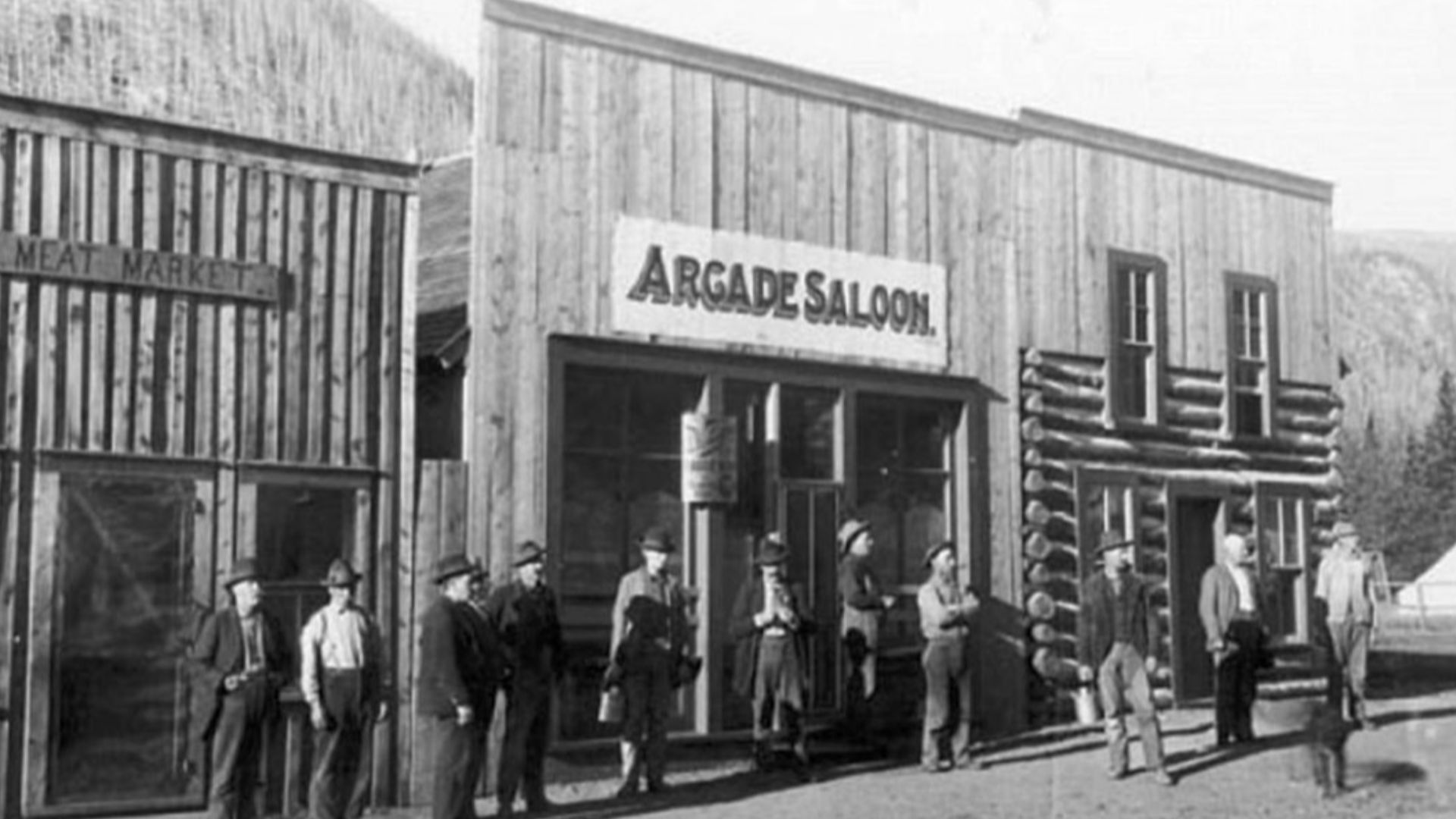 Unknown (Life time: ), Wikimedia Commons
Unknown (Life time: ), Wikimedia Commons
Townsite Auction
Excitement buzzed as settlers crowded a temporary auction booth, ready to bid on plots of new land. These events often determined which families would shape the future of emerging frontier towns.
 Unknown authorUnknown author or not provided, Wikimedia Commons
Unknown authorUnknown author or not provided, Wikimedia Commons
Lawmen And Outlaws
Five members of the Wild Bunch pose for a photo. Outlaws like these challenged lawmen across the frontier, creating a mix of danger and fascination in small towns.
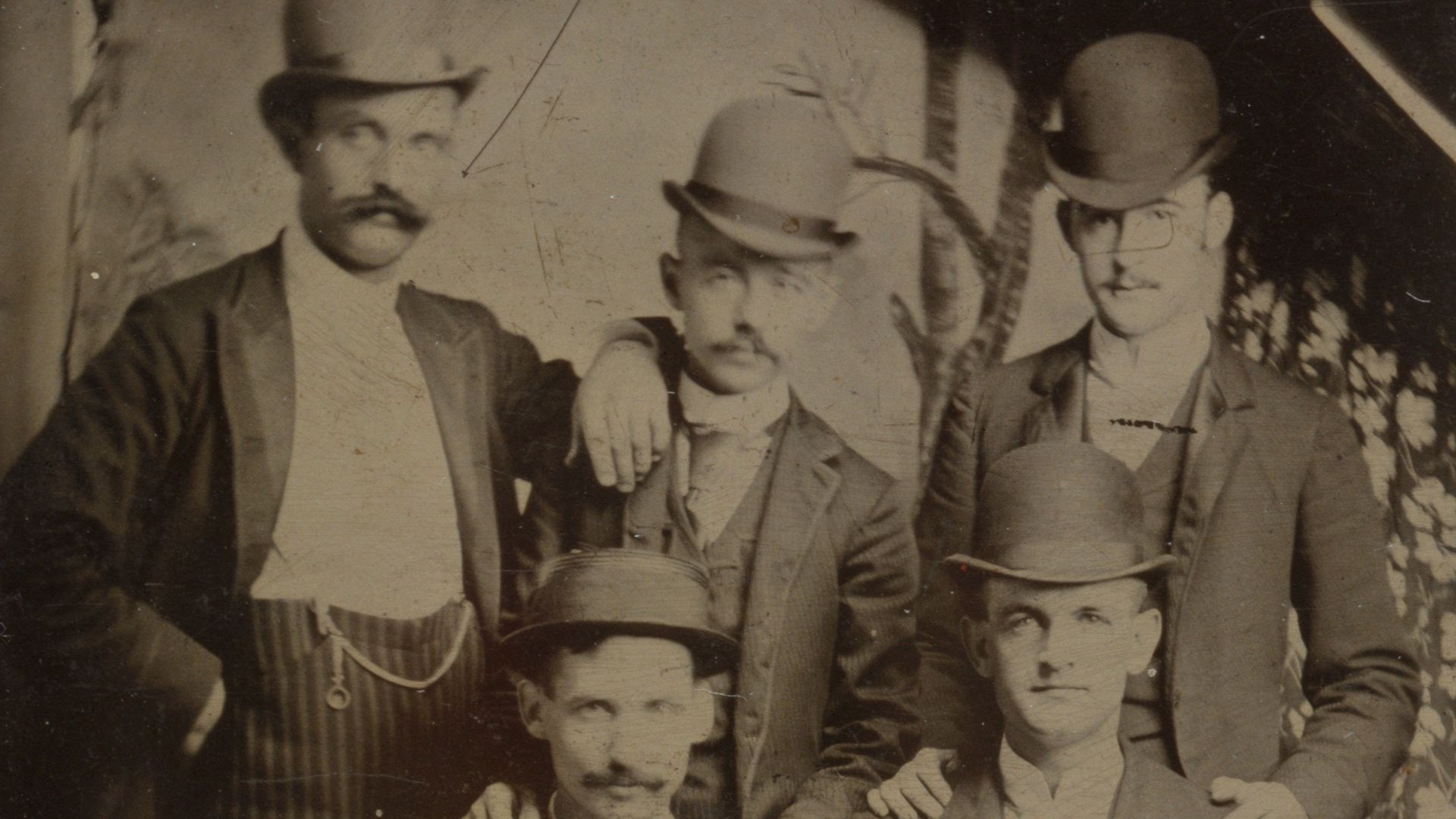 Unknown authorUnknown author, Wikimedia Commons
Unknown authorUnknown author, Wikimedia Commons
Wild Bill Hickok Portrait
The man in this image is Wild Bill Hickok, sitting calmly for a portrait. Hickok was a professional gambler later in life, drifting between saloons and poker tables. He joined Buffalo Bill Cody’s Wild West show briefly.
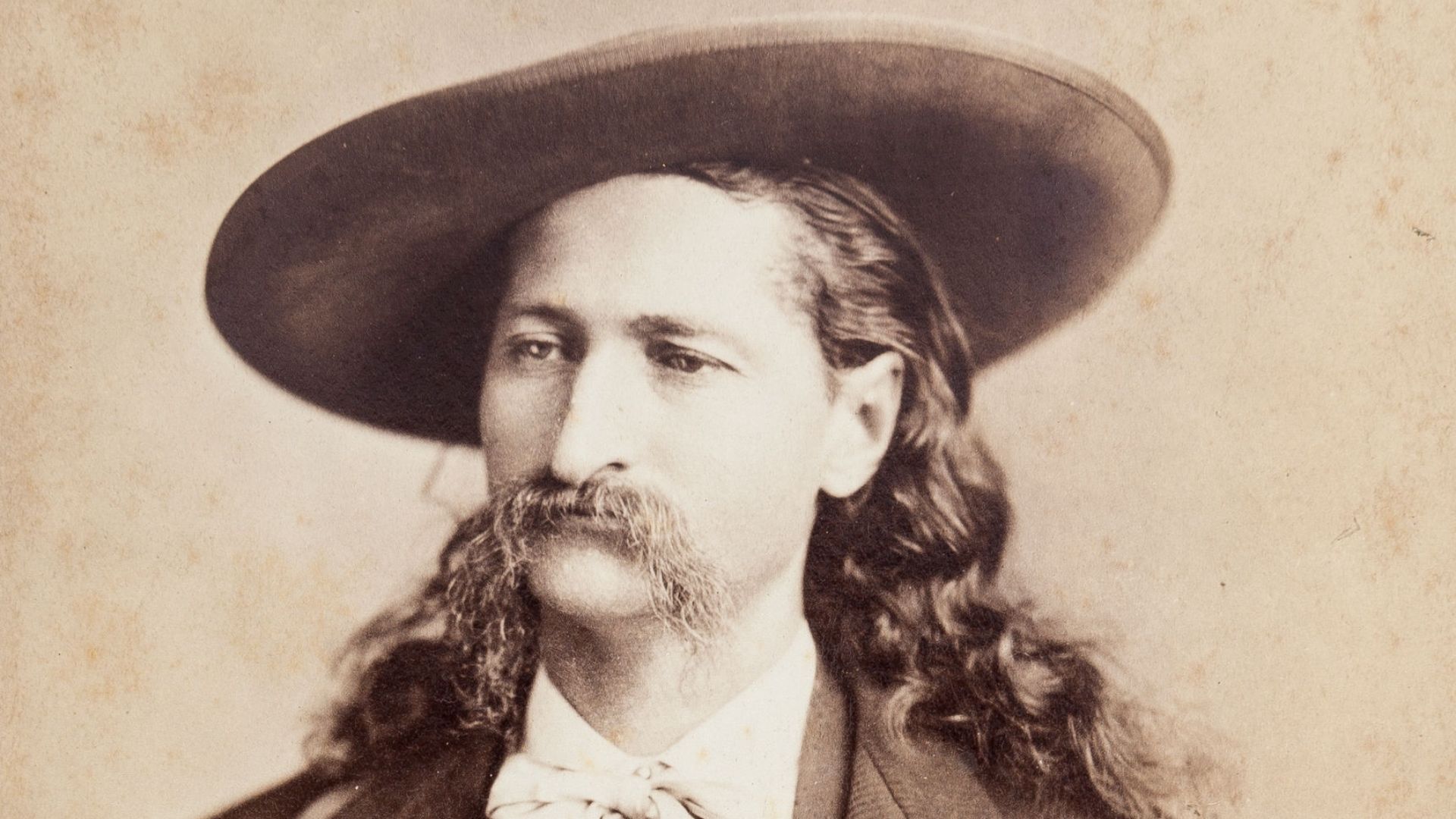 George G. Rockwood, Wikimedia Commons
George G. Rockwood, Wikimedia Commons
Annie Oakley
Annie Oakley’s portrait captures her skill as a sharpshooter. Women on the frontier often had to manage farms, hunt, and contribute to the survival of settlements, sometimes gaining fame like Oakley.
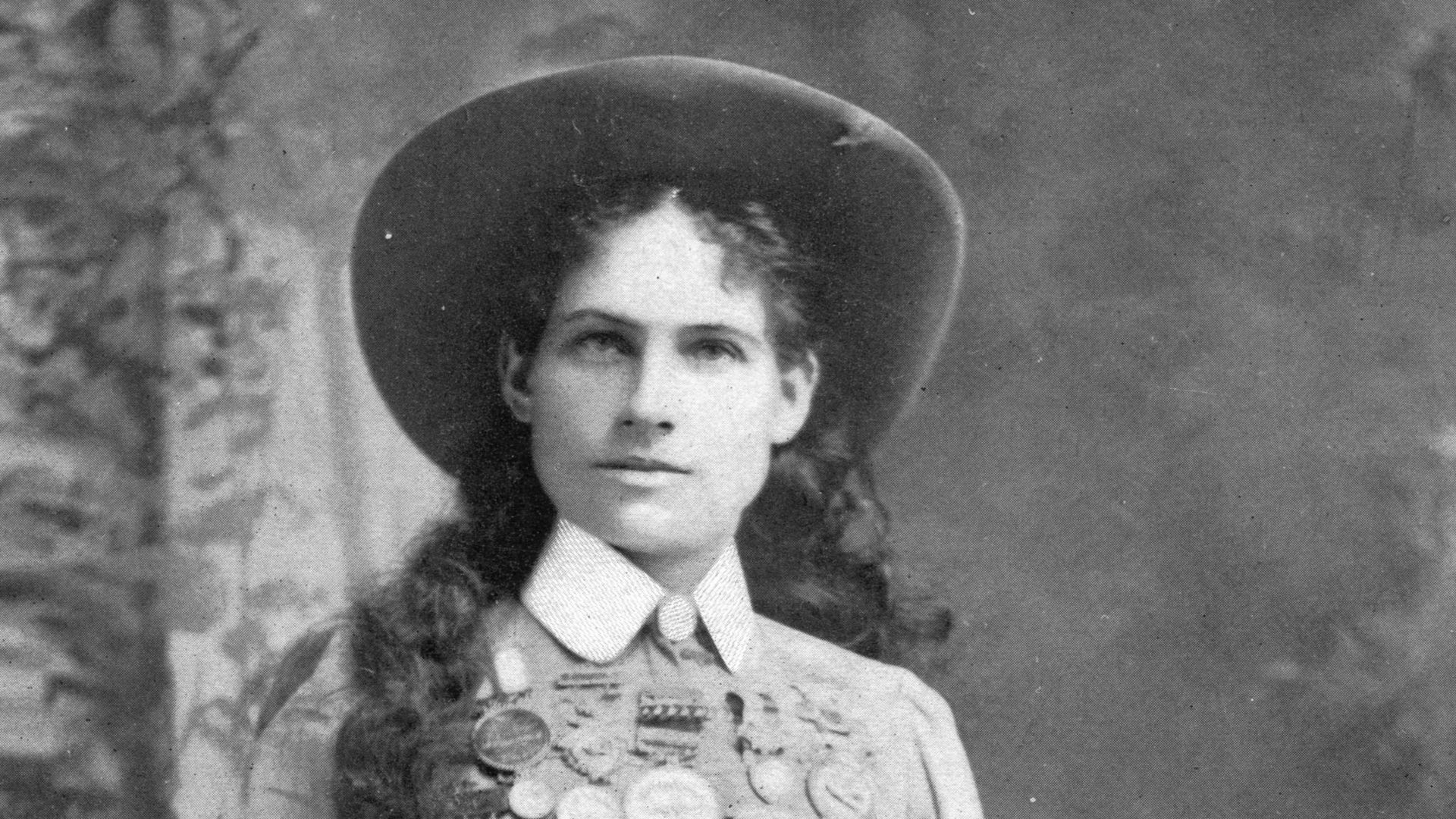 The original uploader was Katharina at German Wikipedia., Wikimedia Commons
The original uploader was Katharina at German Wikipedia., Wikimedia Commons
Schoolhouse In The West
A small wooden schoolhouse served as the center of education for children on the frontier. Despite limited resources, teachers worked to instill knowledge and a sense of community in remote settlements.
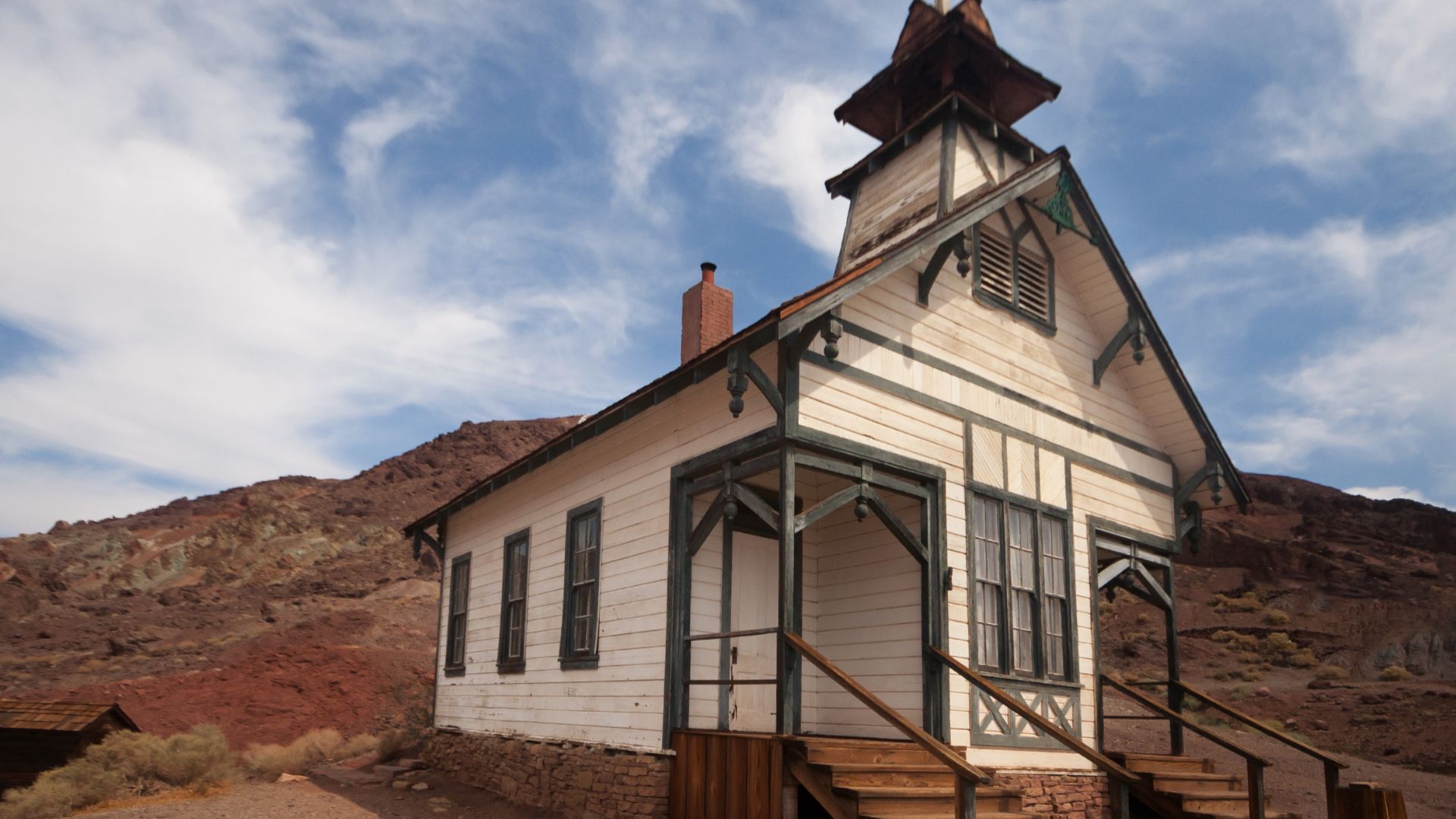 wolfgang.mller54 from Niedersachsen /Germany, Wikimedia Commons
wolfgang.mller54 from Niedersachsen /Germany, Wikimedia Commons
Cowboy Branding Calves
Flames flickered as a cowboy pressed a brand onto a calf, marking ownership. These marks weren’t just practical. They represented ranch identity and were essential for managing herds spread across miles of open range.
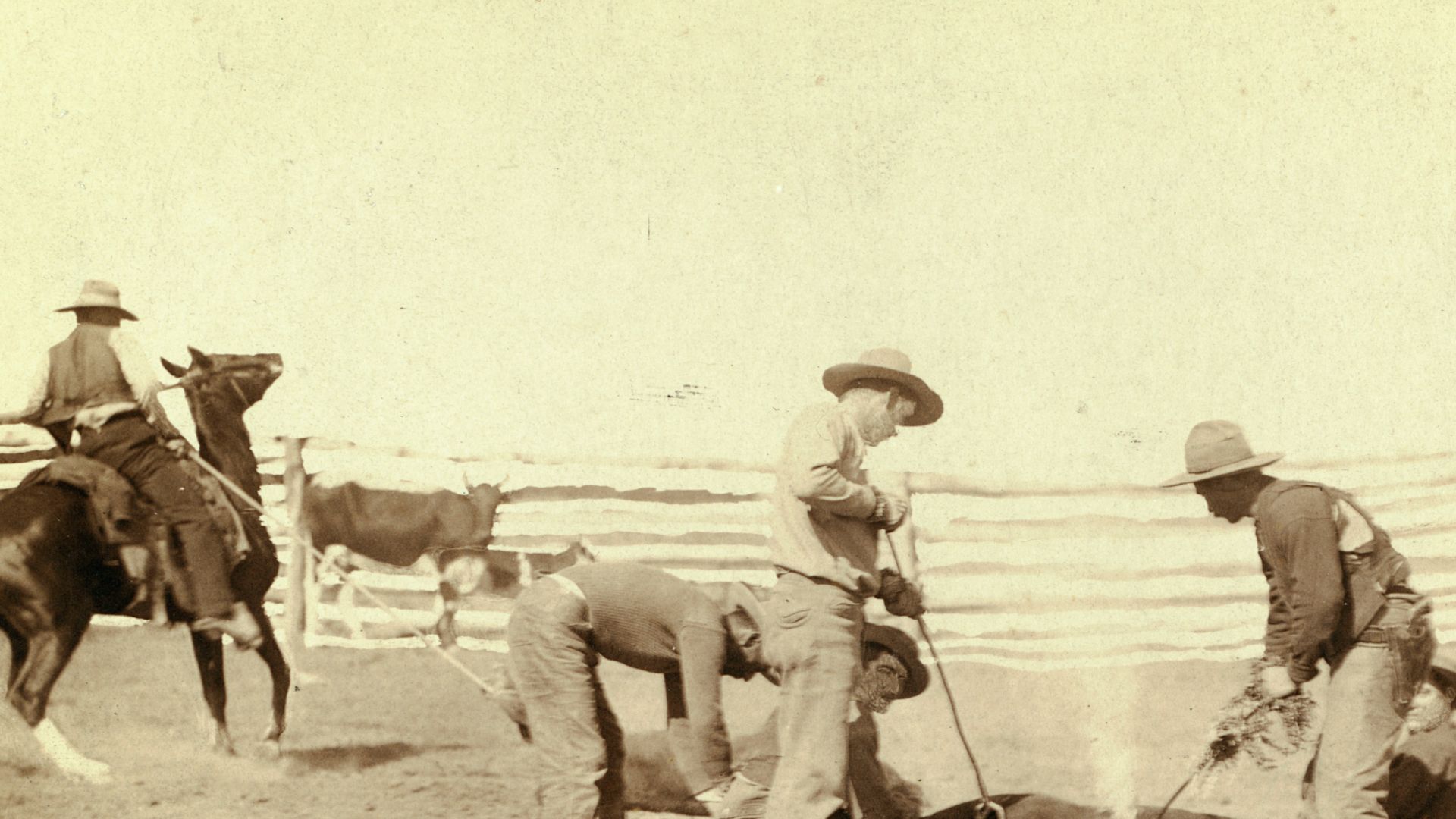 John Grabill, Wikimedia Commons
John Grabill, Wikimedia Commons
Desert Well And Cactus
A solitary well stood amid cacti, a lifeline in the arid Sonoran Desert. Access to water dictated where settlers could live, farm, and travel in one of the harshest landscapes of the West.
Mountain Camp Miners
Miners’ tents scatter across a rocky mountain slope. Life in these temporary camps was isolated and hard, with workers enduring rough terrain and unpredictable weather while chasing mineral wealth.
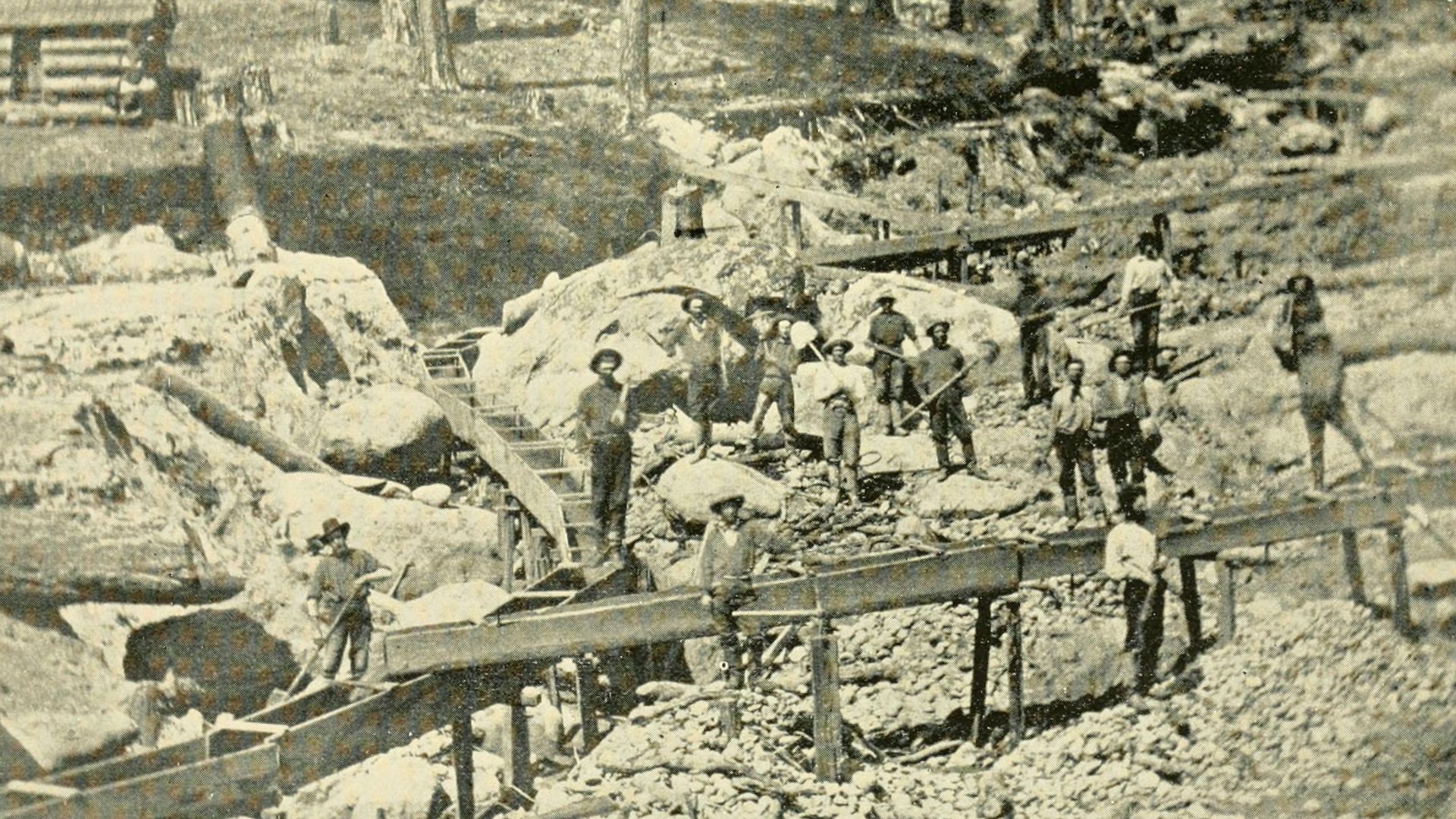 California Mining Association; Benjamin, Edward H, Wikimedia Commons
California Mining Association; Benjamin, Edward H, Wikimedia Commons
Buffalo Soldiers On Parade
A troop of Buffalo Soldiers rides in formation, uniforms crisp under the sun. These African American regiments served with distinction across the frontier. They used to guard posts and protect settlers after the Civil War.
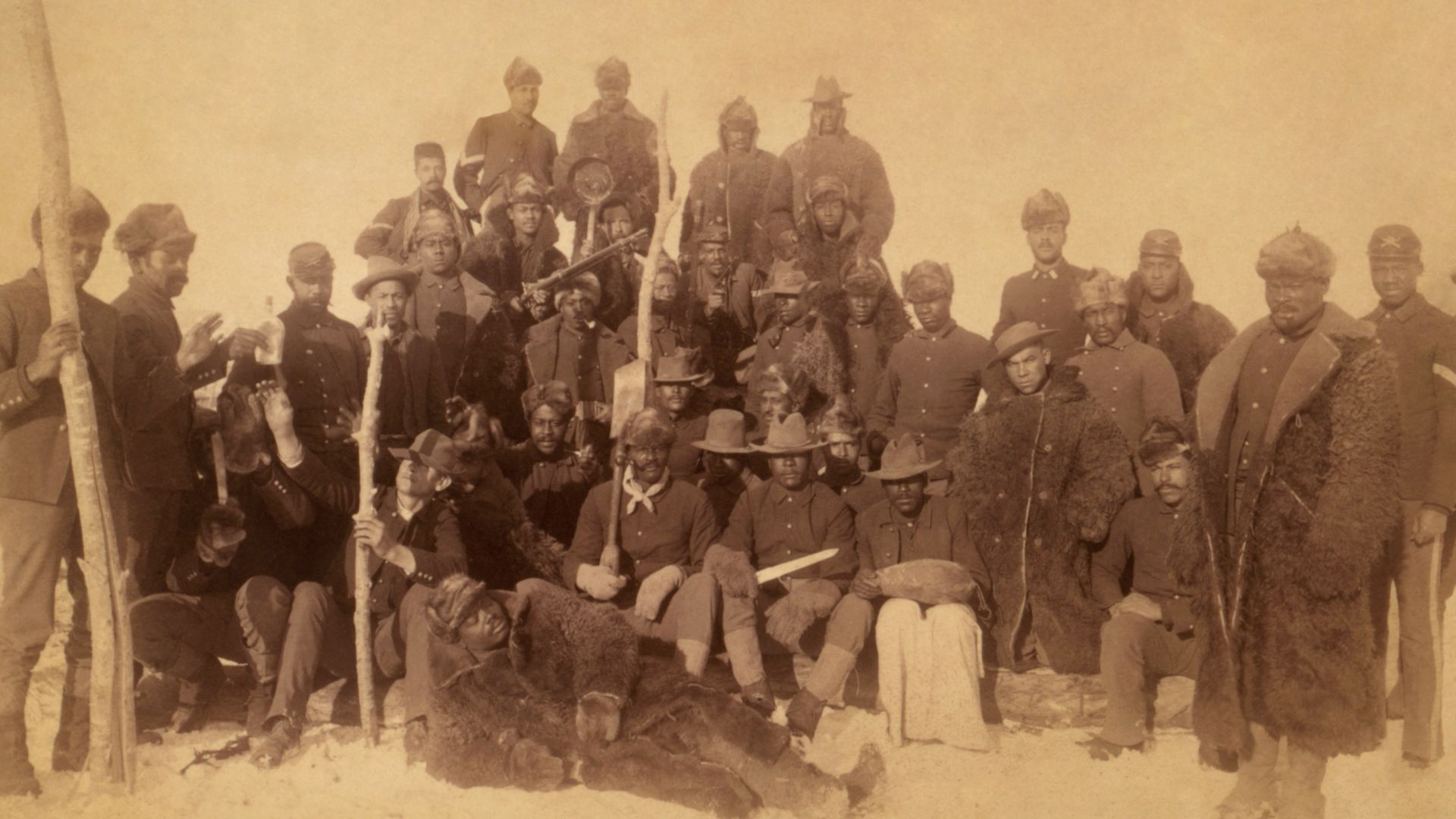 Chr. Barthelmess, Wikimedia Commons
Chr. Barthelmess, Wikimedia Commons
Ranch Work At Dusk
A cowboy rides across open land as the sun sets. Ranch life demanded long hours, and the work didn’t stop with daylight—herding, repairing fences, and checking livestock often stretched into the evening.
 Emily Marie Wilson, Shutterstock
Emily Marie Wilson, Shutterstock
Boomtown Street View
A dusty street in Corinne, Utah, bustles with wagons and people. Boomtowns like this sprang up almost overnight during periods of mining and railroad expansion, blending opportunity with chaos.
 William Henry Jackson, Wikimedia Commons
William Henry Jackson, Wikimedia Commons
Trail Blazers’ Wagon Train
The Oregon Trail winds through Wyoming’s wide plains, a path once carved by wagon trains heading west. Thousands of settlers followed this route, braving exhaustion and hardship for a chance at a new life.
 Bureau of Land Management, Wikimedia Commons
Bureau of Land Management, Wikimedia Commons
Frontier Soldiers’ Camp
Soldiers rest near Fort Laramie, their camp set up beside a supply wagon. Outposts like this kept watch over trade routes and Native territories. It helped mark the military presence that shaped the expanding West.
 Alfred Jacob Miller, Wikimedia Commons
Alfred Jacob Miller, Wikimedia Commons
Wild West Show Poster
A bold, colorful poster advertises Buffalo Bill’s Wild West show around 1899. These traveling spectacles turned frontier legends into global entertainment, combining sharpshooting, horseback stunts, and dramatized battles that shaped how the world imagined the American West.
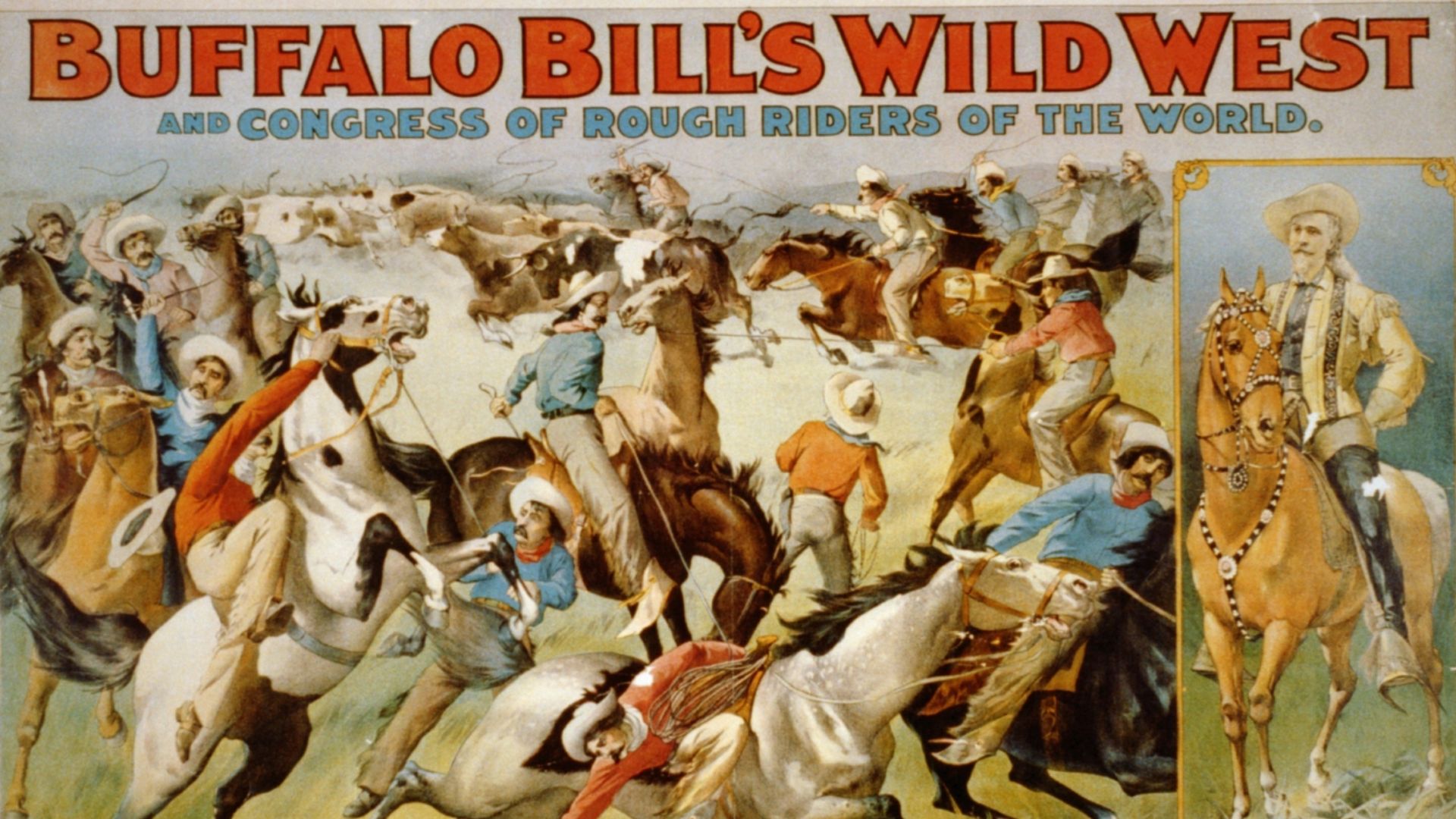 Courier Litho. Co., Buffalo, N.Y., Wikimedia Commons
Courier Litho. Co., Buffalo, N.Y., Wikimedia Commons

